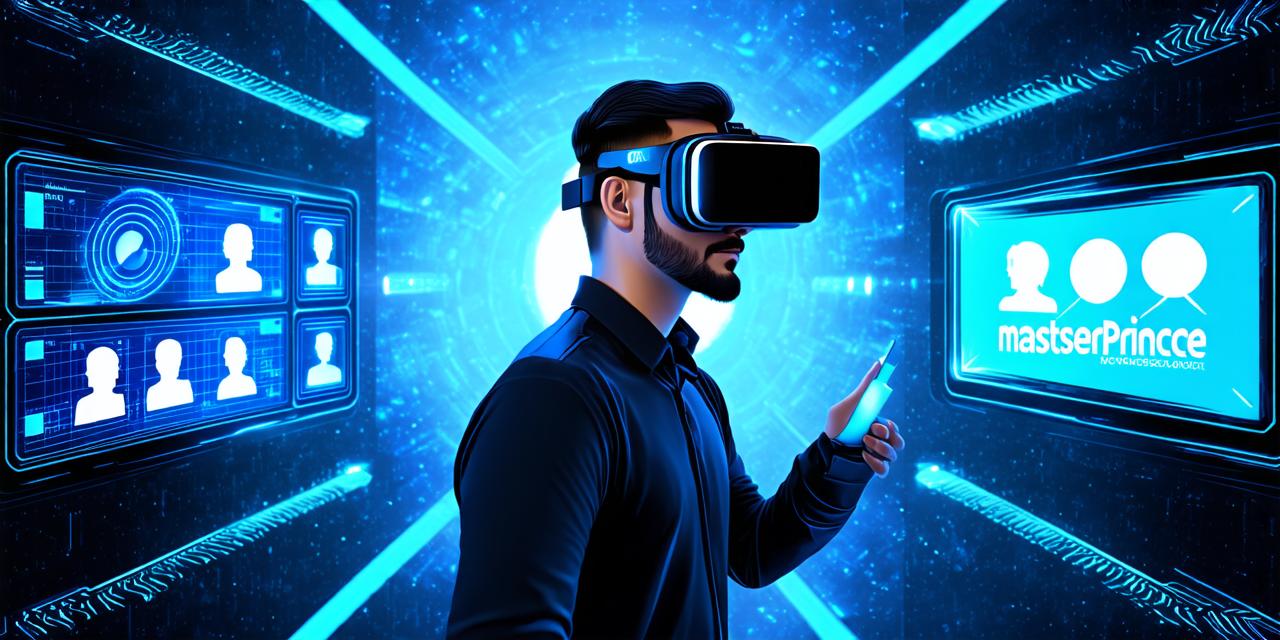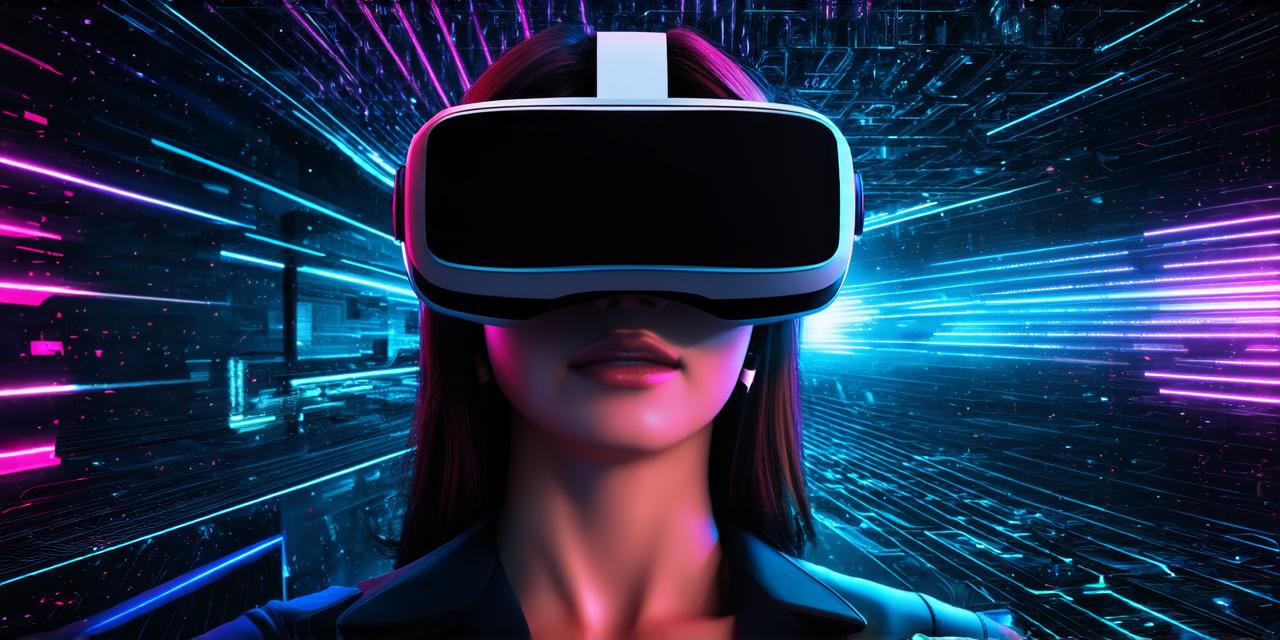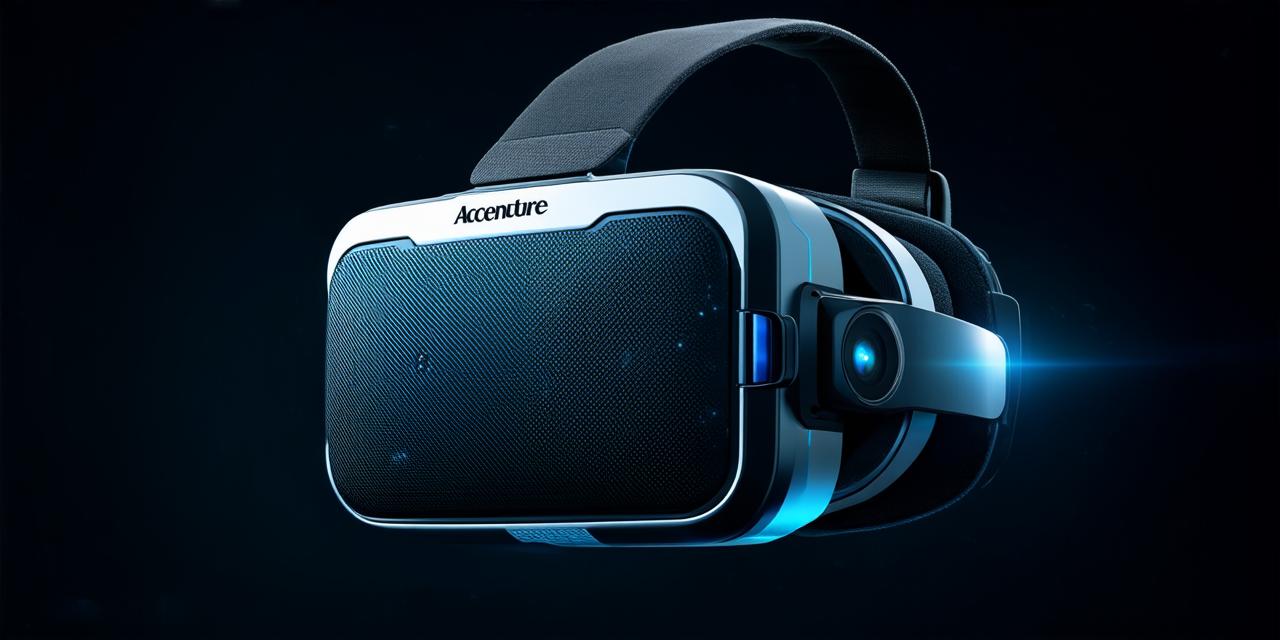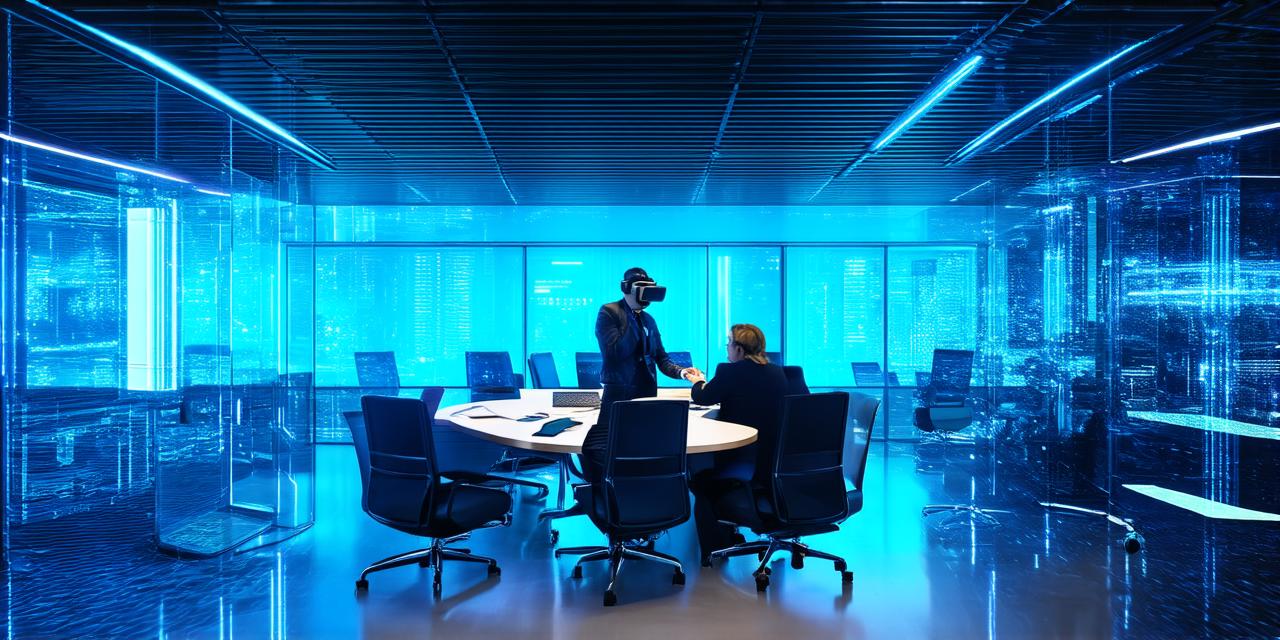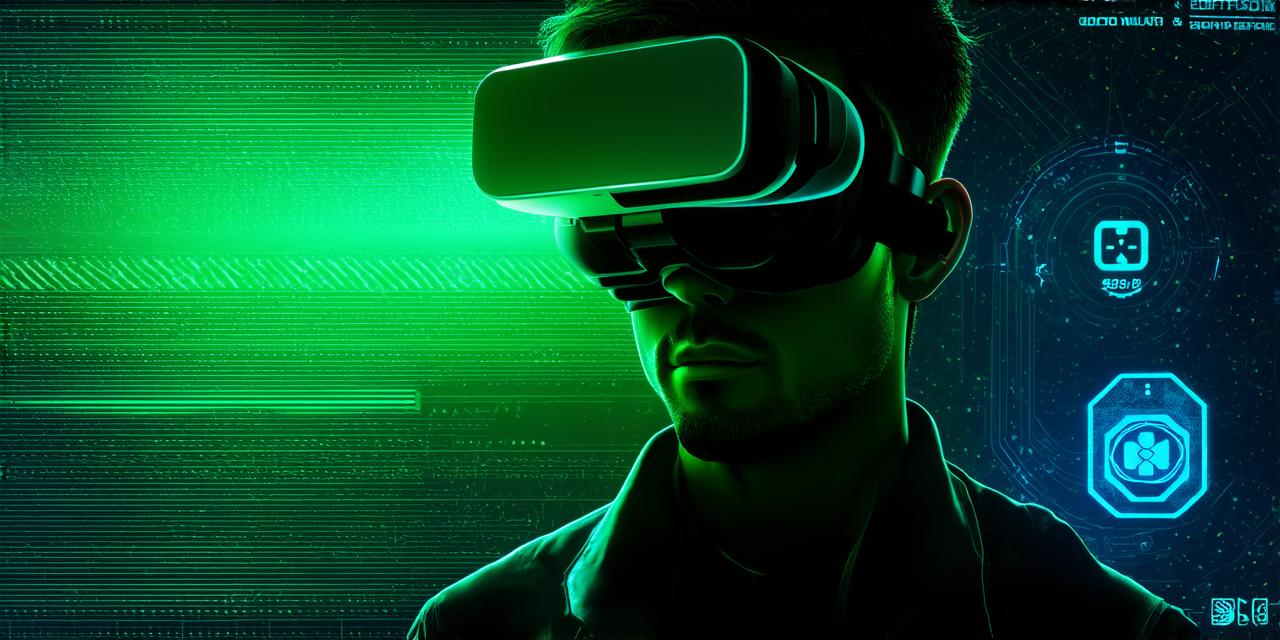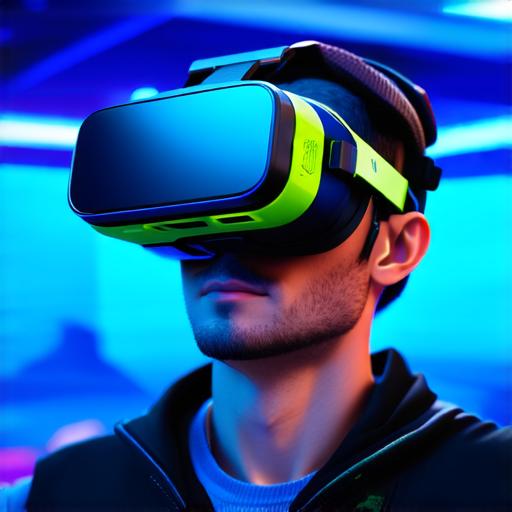
1. Immersive Environment
One of the most significant characteristics of VR is its ability to create a fully immersive environment. Users wear specialized headsets or goggles that track their movements and provide a 360-degree view of a virtual world. This allows them to feel as if they are physically present in the simulated environment, with all the sights, sounds, and sensations that come with it.
The immersive nature of VR has made it particularly popular in gaming, where users can experience highly interactive and engaging games in a way that was previously impossible. For example, the popular VR game “Beat Saber” allows players to use virtual lightsabers to slice through blocks that represent music beats, creating a fun and immersive gaming experience.
In AR development, the immersive nature of VR can be used to create more engaging and interactive experiences. For example, imagine an AR app that allows users to explore a virtual museum, where they can interact with exhibits and learn more about artifacts in a fully immersive environment.
2. Tracking and Motion Sickness
Another key characteristic of VR is its ability to track user movements. VR headsets use sensors to track the user’s head movement, allowing them to look around and interact with virtual objects. This tracking technology is essential for creating a truly immersive experience, as it allows users to feel as if they are physically present in the virtual world.
However, motion sickness is a common issue associated with VR, particularly when used for extended periods of time. Motion sickness occurs when the brain receives conflicting signals from the eyes and inner ear, leading to feelings of nausea and dizziness. To mitigate motion sickness, VR developers must ensure that their experiences are designed to minimize these effects, such as providing a stable base of reference and avoiding sudden movements.
In AR development, understanding the tracking technology used in VR can be useful for creating more immersive and interactive experiences. However, it’s important to keep in mind the potential for motion sickness and design experiences that are as comfortable and enjoyable as possible.
3. Realistic Visuals and Soundscapes
One of the key advantages of VR is its ability to create highly realistic visual and audio experiences. With advanced graphics technology, VR can simulate environments with incredible detail and accuracy, allowing users to feel as if they are truly present in the virtual world.
This realism is particularly important in applications such as training and simulation, where accurate representations of the environment are critical. For example, a VR simulation for medical students could provide a highly realistic representation of the human body, allowing them to practice surgical procedures with confidence and precision.
In AR development, understanding the capabilities of VR graphics technology can be useful for creating more realistic and engaging experiences. By incorporating elements such as 3D models and haptic feedback, AR developers can create experiences that are both engaging and cost-effective.
4. Cost and Accessibility
One of the challenges associated with VR is its cost and accessibility. VR headsets and hardware can be expensive, particularly for individuals or small businesses. Additionally, setting up a VR environment requires specialized equipment and expertise, which can make it difficult to implement in some organizations.
However, as the technology continues to advance, the cost of VR hardware is expected to decrease, making it more accessible to a wider range of users. Additionally, there are now many open-source VR tools available, which can help to democratize access to this exciting technology.
In AR development, understanding the cost and accessibility challenges associated with VR can be useful for creating more affordable and accessible solutions. By leveraging existing AR technologies and platforms, developers can create experiences that are both engaging and cost-effective.
FAQs:
Q: What is virtual reality?
Virtual reality (VR) is an immersive technology that allows users to experience a simulated environment as if they were physically present.
Q: How does VR track user movements?
VR headsets use sensors to track the user’s head movement, allowing them to look around and interact with virtual objects.
Q: What are some potential drawbacks of using VR for extended periods of time?
Motion sickness is a common issue associated with VR, particularly when used for extended periods of time. This can occur when the brain receives conflicting signals from the eyes and inner ear.
Q: How does the realism of VR graphics technology differ from traditional media?
VR graphics technology is capable of simulating environments with incredible detail and accuracy, allowing users to feel as if they are truly present in the virtual world.
Q: How can AR developers leverage VR technologies to enhance their experiences?
AR developers can use elements such as 3D models and haptic feedback to create more immersive and interactive experiences that feel as if they are part of the real world. By incorporating VR technologies, developers can create more engaging and innovative experiences for their users.
